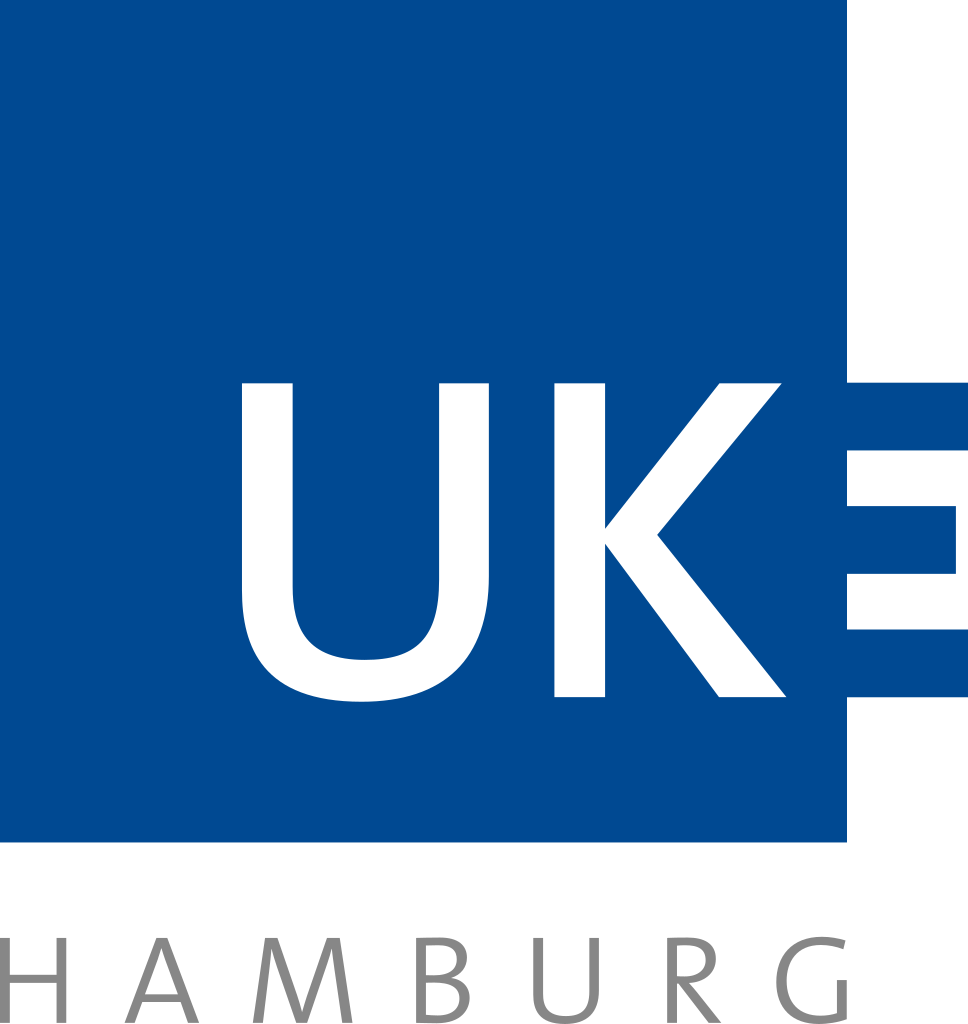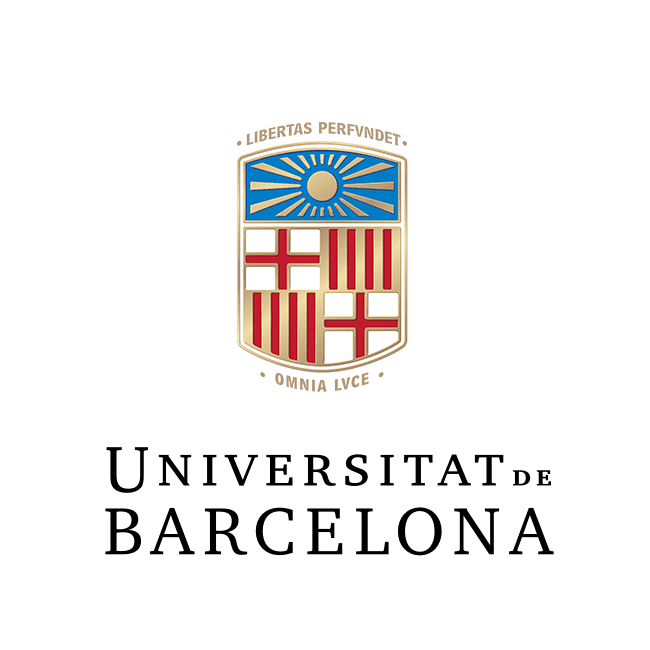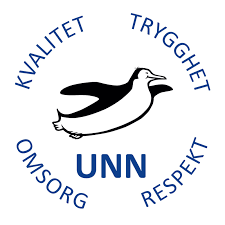Consortium

The Arctic University of Norway (UiT) is the northernmost university of the world, located at the edge of the Arctic. The university hosts 15,800 students and 3400 employees. UiT has a national responsibility for, and strong traditions with research and education in the Arctic. UiT’s research strategy naturally covers many aspects of the Arctic where UiT either is or has the potential to become internationally leading. These aspects include effects of changes in climate and environment and sustainable use of resources. The university is an important driving force and a central actor in research and international collaboration in and for the Arctic region.
The Department of Physics and Technology has four research directions with corresponding master programmes: space physics, electrical engineering, energy and climate and earth observation. The nanoscopy research group, under electrical engineering is led by Professor Balpreet Singh Ahluwalia and Associate Professor Krishna Agarwal (coordinator of OrganVision). The group is cross-disciplinary with team members possessing complementary skills in the area of microscopy, nanoscopy, integrated optics, bioimaging, and cell biology.
The Department of Computer Science has research groups on Computational Analytics and Intelligence (CAI), Health informatics and technology (HIT), High Performance Distributed Systems (HPDS), Open Distributed Systems (ODS), Information Access (IA) and Arctic Green Computing (AGC).
Role in the project
Two team from UiT are participating: the team P1a (Computational microscopy and label-free imaging), led by Krishna Agarwal, and the team P1b (Novel artificial intelligence architectures), led by Dilip K. Prasad.

3rdPLACE is an Italian SME founded in 2010 and focusing on data governance, data modeling and data monetization. Its mission is to turn data gathered from different sources into valuable and actionable insights.
Our main expertise is in the field of machine learning, computer vision, data mining, data visualisation, cloud computing, advanced Big-Data architectures, real-time data processing and alternative data collection & analysis.
3rdPLACE operates in both domestic and international markets, serving more than 50 organizations of any size and belonging to different sectors including transportation, healthcare, retail, finance, consumer product goods, and luxury.
Role in the project
- 3rdPlace, under the leadership of Matteo Breganizo will employ their experience on applied artificial intelligence and deep learning for a variety of image based applications, including on modern microscopy data. The experience will be used to identify the suitable deep learning architectures, training mechanisms and transfer learning needed in OrganVision. They will work in close collaboration with the Postdoc from IFOM to identify the needs on Co-Fl-LF dataset acquisitions.
- Since MuSIT and OrganLab need to support Co-Fl-LF imaging, 3rdPlace will advise on the features that need to be included for a good first design of Co-Fl-LF mechanism.

The University of Southampton (abbreviated as Soton) is a public research university in Southampton, England. Southampton is a founding member of the Russell Group of research-intensive universities in the United Kingdom and it consistently ranked within top 15 universities in UK and the top 100 universities in the world. The university has seven campuses. The main campus is located in the Highfield area of Southampton and is supplemented by four other campuses within the city: Avenue Campus housing the School of Humanities, the National Oceanography Centre housing courses in Ocean and Earth Sciences, Southampton General Hospital offering courses in Medicine and Health Sciences, and Boldrewood Campus housing an engineering and maritime technology campus and Lloyd’s Register. In addition, the university operates a School of Art based in nearby Winchester and an international branch in Malaysia offering courses in Engineering.
At the University of Southampton, this project will be carried out by the Molecular BioPhotonics & Imaging unit under the leadership of Dr. Dipanjan Bhattacharya. Dr. Dipanjan Bhattacharya has multidisciplinary expertise in the field of microscopy, biophysics, and quantitative image analysis. Presently he is working as a senior research fellow and head of microscopy in the Molecular BioPhotonics & Imaging unit under the Chemical Biology, Diagnostics and Therapeutics research division of the school of chemistry.
Role in the project
Dr Dipanjan Bhattacharya will channelize the first-hand experience of handling living tissues and small animals for identifying the needs of biotechnology platform that has to not just host the sample while imaging, but also manipulate it on the go by introducing stimulus on-demand in the imaging region. At the University of Southampton, Dr Bhattacharya is leading the WP4 and is responsible for developing ‘OrganLab’ for the OrganVision project. He is developing microscopy system for fast label free imaging and integrating biocompatible chambers for live engineered heart tissue (EHT) imaging. This team will also conduct multimodal chemical imaging of EHT tissue, in collaboration with Sumeet Mahajan’s group at University of Southampton. Together with Datrix, University of Southampton will work on acquiring Co-Fl-LF datasets on existing microscopes and then later on OrganVision’s technology.

JenLab GmbH, founded in 1999 in Jena (Germany) as a high-tech spin-off of the Friedrich Schiller University Jena is technology provider in the field of in vivo intra-tissue drug screening as well as in the field of femtosecond laser nano processing in life sciences. In 2011 the company received the SPIE Prism Award in the category Life Sciences and Biophotonics for its clinical multiphoton tomograph MPTflexTM, a compact femtosecond laser system providing marker-free 3D optical biopsies with subcellular resolution and chemical fingerprints by using two-photon excited tissue autofluorescence and second harmonic generation. MPTflexTM was used for non-invasive detection of black skin cancer and to monitor the efficiency of treatments in dermatitis and wound management.
Role in the project
JenLab GmbH will focus on prototype development to improve technological readiness.

The University Medical Center Hamburg-Eppendorf (UKE) is one of the leading hospitals in Europe and the largest health centre in Hamburg, with more than 80 highly specialized clinics and research institutes. The UKE represents a combination of state- of-the-art medical treatment, research, science and education with international reputation and houses research facilities with the most modern, cutting edge technologies. UKE researches in five main areas: neuroscience; oncology; cardiovascular research; health sciences research; and immunology, immunity and infection.
The Department of Experimental Pharmacology and Toxicology has developed the engineered heart tissue (EHT) technology in combination with human induced pluripotent stem cells (hiPSC) to an advanced model for preclinical safety pharmacology, drug development and disease modelling.
Role in the project
- The EHT model based on pluripotent stem cells provides a unique opportunity to study cardiac development and injury in a human context.
- The experience of UKE on EHT development and study will be an invaluable asset for the design of OrganLab and for being able to image EHT in living conditions with clinically relevant imaging experiment, and analysis of the collective dynamics models of EHT.

Universitat de Barcelona (UB) was founded in 1450. Today, it is a comprehensive higher education institution with a research staff of more than 4,500 members. Clustered in six campuses in one of the main cosmopolitan hubs in the Mediterranean, the UB is home to over 80,000 students, including some 120 different nationalities.
The UB is ranked #23 of the European institutions in terms of its scientific quality and productivity, it is the largest of the six universities of Barcelona and manages an average some 150 European research projects per year. The UB is member of the prestigious League of European Research Universities (LERU), the association of European multidisciplinary universities (COIMBRA Group, CG) and the coordination of the Arab-Euro Conference on Higher Education (AECHE).
Role in the project
- Under the leadership of Marti Duocastella, associate professor in the Department of Applied Physics, UB will develop the microscope instrument capable of delivering custom designed 3D illumination pattern at ultra high speeds to the organoids.
- Duocastella’s experience with acousto-optical system and design of the MuSIT instrument will be useful for accomplishing the tasks T5.1 and T5.2. It will also be useful for early design of efficient prototype of MuSIT.

The University hospital of North Norway (UNN) Tromsø is located in the city of Tromsø, Norway and is part of the Northern Norway Region Health Authority. In collaboration with
The Faculty of Health Sciences at University of Tromsø-The Artic University of Norway (UiT) the hospital is responsible for the medical training in North Norway. The hospital also has close collaborations with the scientific communities at UiT to ensure synergy in basic research, translational research and clinical research. As a part of this, UNN and UiT co-operate to offer a diversity of state of the art research infrastructures including a core-facility for preclinical PET/SPECT/CT and an advanced microscopy core-facility.
The Division of Cardiothoracic and Respiratory Medicine (DCRM) consists of the Department of Cardiology, the Department of Respiratory Medicine and the Department for Cardiothoracic and Vascular surgery. The division offers a full-range of cardiac services, including interventional cardiology, electrophysiology, devices, echocardiography, trans catheter aortic valve replacement (TAVR), heart valve surgery, coronary artery bypass grafting, an extensive ECMO program and intensive care medicine.
Role in the project
- Åsa Birna Birgisdottir, project leader at DCRM, in collaboration with the Clinical Cardiovascular Research Group (CCRG), will facilitate local establishment of hiPSC cultures and EHTs. The use of the advanced microscopy core-facility will enable extensive characterization of cells and EHTs. The institutional proximity and existing collaboration of UNN and UiT is of high importance for nanoscopy characterization of EHTs as well as pilot label free live imaging and AI-training. Her experience in cell biology with focus on mitocondria quality will be a key asset in exploiting the label-free high-resolution real-time imaging made possible in OrganVision.
- The experience of Åsa Birna Birgisdottir on gene editing for labeling selected organelles and cells will be crucial for designing suitable Co-Fl-LF datasets.
